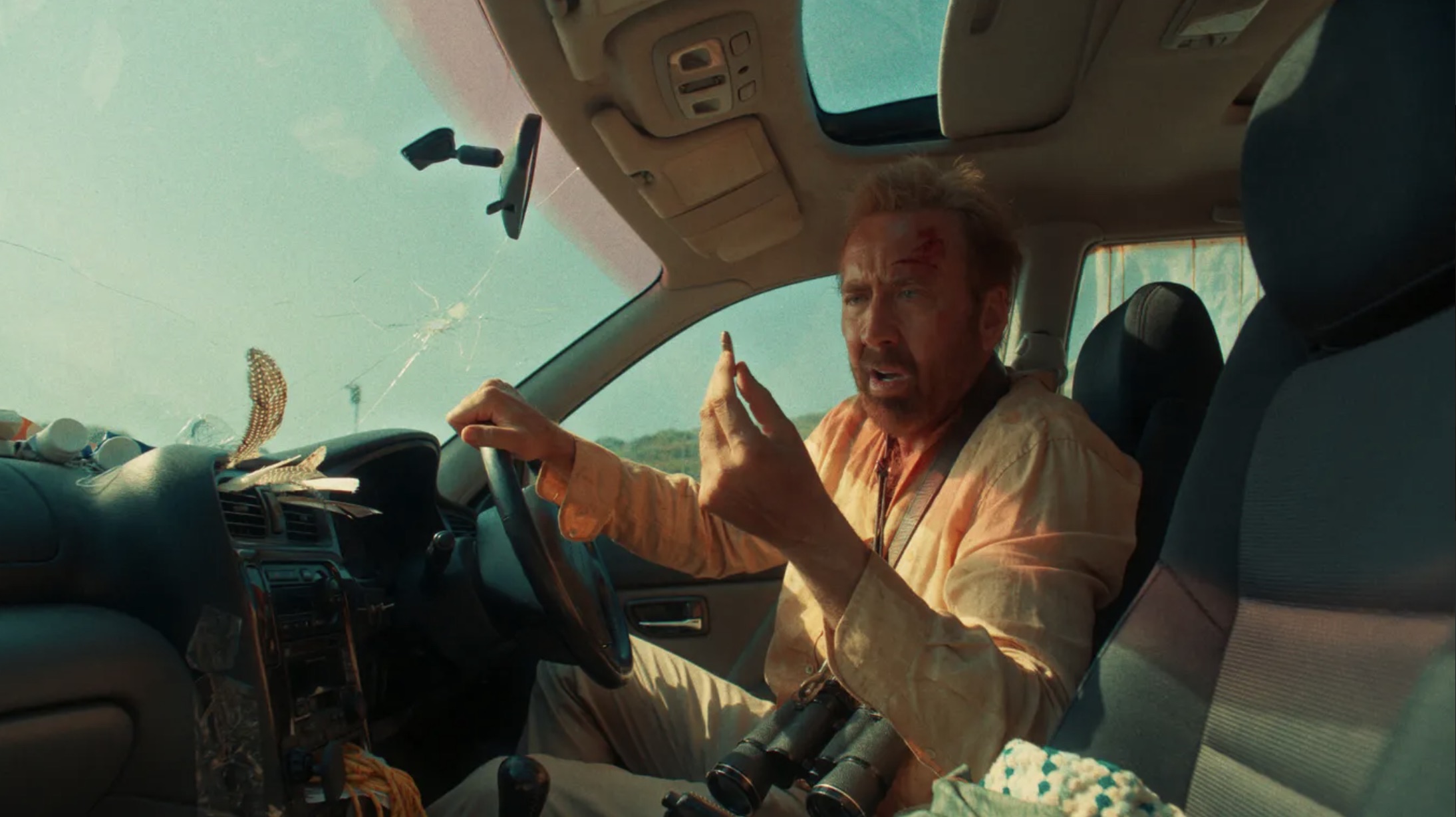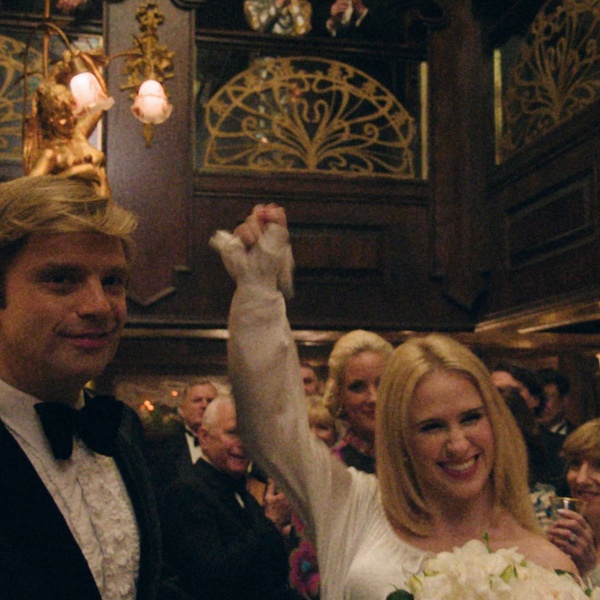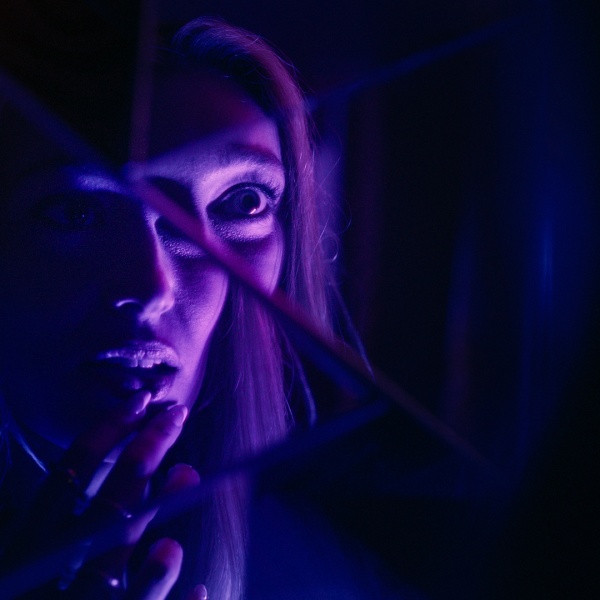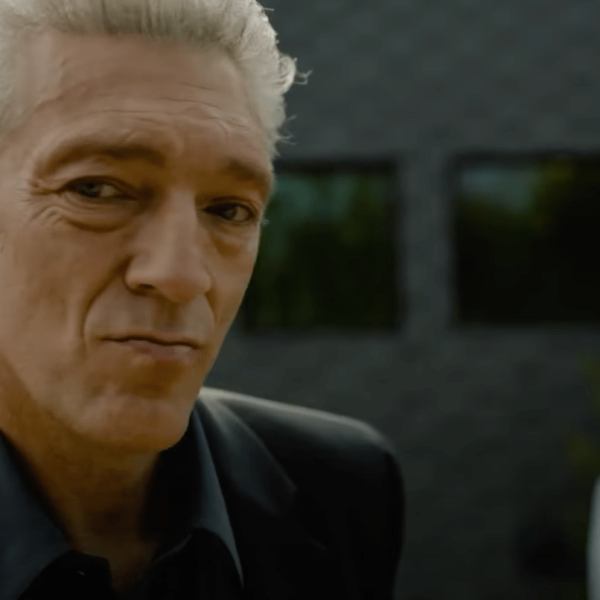The latest outlet for Nicolas Cage to lose his mind on camera, “The Surfer” is drenched in nods to New Wave Australian cinema of the 1970s. While many of the enduring classics of that fruitful period for Australian movies came from local filmmakers (Peter Weir and George Miller among them), several key texts were helmed by outsiders looking in on the country’s culture and history, such as Canadian director Ted Kotcheff’s “Wake in Fright” (1971) and “Walkabout” (1971) from Englishman Nicolas Roeg.
It is in a similar spirit that the three central creative voices of “The Surfer” operate: writer Thomas Martin and director Lorcan Finnegan (“Vivarium”) are both Irish, while you are probably well aware that Nicolas Cage is very much not Australian. He does play one in this film, albeit an Australian who moved to California when he was a teenager (losing the accent along the way), now attempting to reestablish roots in the exact town he grew up in.
But, as the old saying goes, you can’t go home again. In fact, in the world of “The Surfer,” if you attempt to, both the new and old blood at your childhood haunts will beat you up and command you to fuck off.
The film opens with Cage’s unnamed character driving his similarly unnamed teenage son (Finn Little, “Yellowstone”) to the idyllic Australian beach of his youth, all the better to bond with his estranged kid through the act of surfing, a crucial means of connection the protagonist once had with his own father. Through an early flashback, we learn that Cage as a teen found his old man washed up and dead on the same beach; his mother moved she and him to America not long after this tragedy.
Cage is credited only as “The Surfer,” but given that he’s far from the only one of those in the film, this review will refer to the character as “Cage” from now on. As he drives, Cage’s first lines of dialogue are as follows: “You can’t stop a wave. It’s pure energy. Born in a storm, way out to sea, brewing and churning for days, weeks, months, sometimes even years. It’s all building to this breaking point: a short, sharp shock of violence on the shore. And you either surf it, or you get wiped out.”
Director Finnegan leaves it for just a few seconds, enough for audiences to believe the film’s mission statement has been entirely laid out in an unsubtle fashion. Parking the car, Cage says to his unresponsive son, “That was my best surfing as a metaphor for life speech, I was hoping for a little more enthusiasm.” This will be mark one of the character’s few displays of self-awareness across the feature.
To the chagrin of the boy, who’s worried he’ll get in trouble with both his teachers and his mother, Cage has pulled the lad out of school close to Christmas break for this bonding exercise, which is also tied to a big, secret gesture he’s got in the works. In part to be closer to his son (whose mother is now with another man), Cage’s implied yuppie is in the process of purchasing a lavish property nearby, overlooking the beach of his nostalgic memories. The only hitch is that he’s got to raise a few thousand dollars more for his bid within 48 hours, in light of another potential buyer.
From the hilltop car park, Cage and son head down to the gorgeous beach and turquoise water, the waves hitting the sand captured throughout the film with God’s eye shots used for several scene transitions. Wearing wetsuits and carrying their boards, the pair’s intentions are clear to a surfer heading back up the route they’re descending. Unprompted, the stranger slams into Cage and tells him to “Fuck off.” Cage furrows a brow but otherwise projects a sense of calm. Nothing is going to ruin this trip. Once down at the beach, the camera zooms in on his fluttering eyes, as the wonders of childhood memories come rushing back to him like he’s the food critic at the climax of “Ratatouille.”

And then it happens. “Don’t live here, don’t surf here!” barks a raging embodiment of toxic machismo (Alexander Bertrand), who also happens to be wearing a Santa hat.
Although remote, this is, in fact, a public beach, but try telling that to the local men who’ve seemingly set up permanent residence at a nearby hut. Attempting to deescalate the situation is the apparent leader of the pack, Scally, one of the few characters given a spoken name on screen in this film where almost every credit is reduced to archetypes and professions: The Kid, The Real Estate Agent, The Bum, among others. Scally is played by Julian McMahon (“Nip/Tuck,” “FBI: Most Wanted,” “Fantastic Four”) in likely a career-best turn in terms of his film work.
A condescending prick who is part of a wealthy family that controls the bay area, Scally has multiple brawny surfers as his lackeys, his control over them almost psychic. He barely has to say a word for them to do what he wants, though makes an exception in stopping the Santa hat-donning heavy from knocking Cage’s lights out. Suggesting he doesn’t want the teenage boy to be hurt, physically or psychologically, Scally takes Cage aside and explains the law of the land, proposing that there are plenty of other beaches where they can go surfing. “This is a public beach,” Cage insists, as just the first of many of his dreams fails to manifest. “Yeah, but nah,” Scally replies bluntly.
Cage accepts defeat for now, but loiters around the hilltop car park even after his son goes home. He’s rattled, spying on the beach bros with binoculars borrowed from a homeless man (Nic Cassim) who’s set up shop in a broken-down vehicle in the car park, and is himself regularly terrorized by teenage associates of the gang down below. The group’s entitlement, violence, and open drug use in public (with no apparent consequences) gnaws at Cage, but signs emerge that this disruption to his homecoming is just the breaking point of a gradual unmooring that’s been happening for a while. Why else would he do what comes next: he stays the night in the car park to continue observing.
From there, one night becomes several days and nights, as Cage’s life falls apart all while never leaving the area of the car park, surrounding woods, and beach below. Cars are vandalized, property is stolen, working phones are removed from the equation, and an attack dog is chained outside the car park’s public toilets, with its shit slathered over the lone drinking fountain. A visiting cop proves no help, and may well be involved with the strange rituals Cage sees the bay bros perform in the middle of the night — Scally’s red hooded towel conjuring visual echoes of “The Masque of the Red Death” in one of the film’s many flirtations with the horror genre.
Is Cage imagining all this? Is a local conspiracy at play? Is he turning into that homeless man, who’s also vocalized a personal vendetta against the hoodlums? Was Cage, in fact, always the bum all along? Is this a test? Why can’t he just leave? These are all intriguing questions that Finnegan is patient in answering. Unfortunately, one clue dished out quite early is so heavily underlined as to weaken the impact of what follows. A film about a man “stuck” in one place, losing his strength and sanity in scorching heat, is inherently going to involve slow progression when it comes to escape or an explanation, but when all signs continue to point to one early background detail about Scally being a key puzzle piece, patience with the stalling begins to wear thin once the weird events become a little same-y.
There is still much to enjoy and admire here if you can stay on the film’s wavelength without getting frustrated. In addition to successfully channeling the punishing atmosphere of such works as “Wake in Fright” in particular, “The Surfer” also features compelling narrative allusions to American author John Cheever’s short story “The Swimmer” and Frank Perry’s 1968 film adaptation; a few sections of composer François Tétaz’s score for “The Surfer” even recall Marvin Hamlisch’s music in Perry’s film.
And for any time travellers from the early 2010s who still view Nicolas Cage as a meme resource above all else, there are plentiful wild moments that will no doubt go viral on social media with all traces of their tragic context removed. In one moment of desperation, his character contemplates feasting on a dead rat, before opting to instead store it in his pocket as his lone companion in the limbo of the car park. Despite all the rage, it is still just a rat and Nic Cage.
Grade: B-
“The Surfer” premiered at the 2024 Cannes Film Festival. It is currently seeking U.S. distribution.





